In 1993, Harlem was a vibrant and dynamic neighborhood in New York City. It was famous for its rich cultural history and strong community spirit. Walking through Harlem, you could see its unique mix of tradition and change.
The streets of Harlem were full of life. Street vendors sold food, clothing, and music. People gathered on corners to chat, and children played on the sidewalks. Music was always in the air, with jazz, hip-hop, and gospel blending together.
One of the most famous spots in Harlem was the Apollo Theater. This historic venue had hosted legendary performers like Billie Holiday and Michael Jackson. In 1993, it was still a popular place for new artists to showcase their talents. Amateur Night at the Apollo was a major event, drawing big crowds eager to see the next big star.
Harlem was also known for its amazing food. Soul food restaurants, like Sylvia’s, were local favorites. They served dishes like fried chicken, mac and cheese, and sweet potato pie. These restaurants were more than just places to eat; they were community hubs where people gathered to enjoy good food and company.
Read more
Churches played a key role in Harlem’s community. The Abyssinian Baptist Church was one of the oldest and most respected. Churches in Harlem were not just for worship. They hosted social events, provided support services, and were centers for community activism.
The main shopping area in Harlem was 125th Street. This bustling street was lined with shops, theaters, and restaurants. It was always busy with people shopping, eating, and enjoying the lively atmosphere. Street vendors set up stalls along the sidewalks, selling everything from clothes to books.
Harlem had a strong tradition of art and culture. The Studio Museum in Harlem was a key place for contemporary African American art. Local artists drew inspiration from the neighborhood’s rich history and vibrant culture. Murals and street art added color and creativity to the streets.


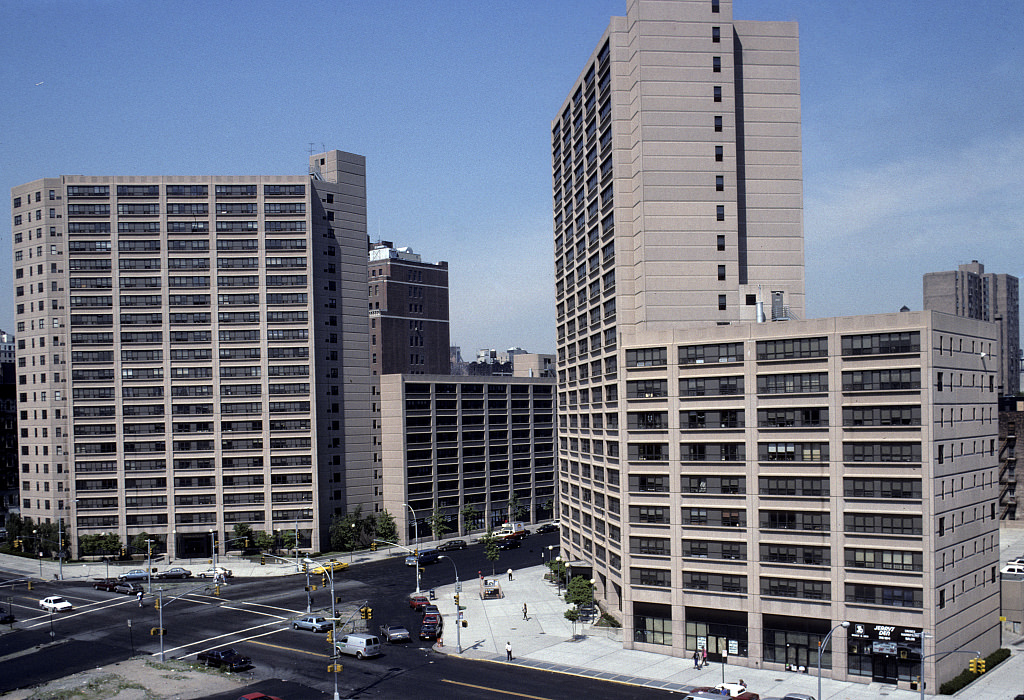
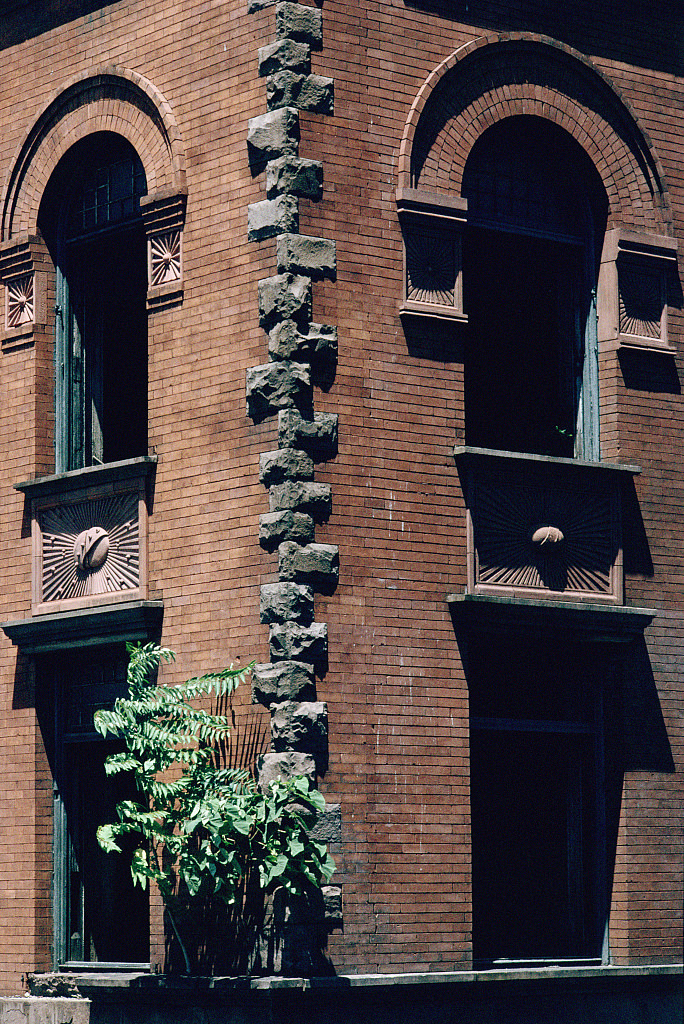
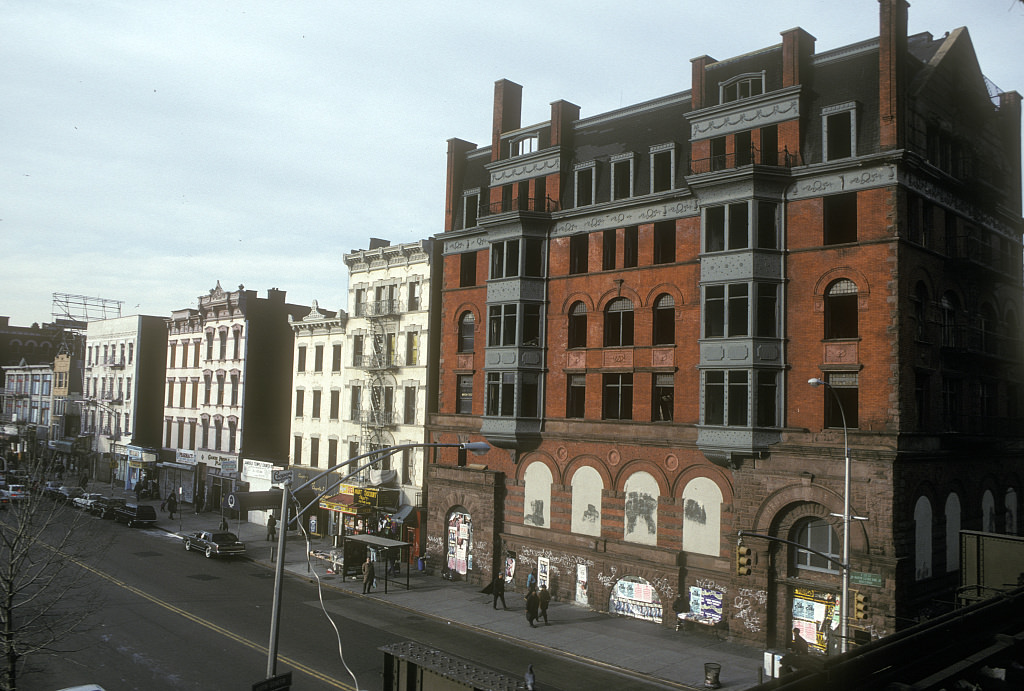

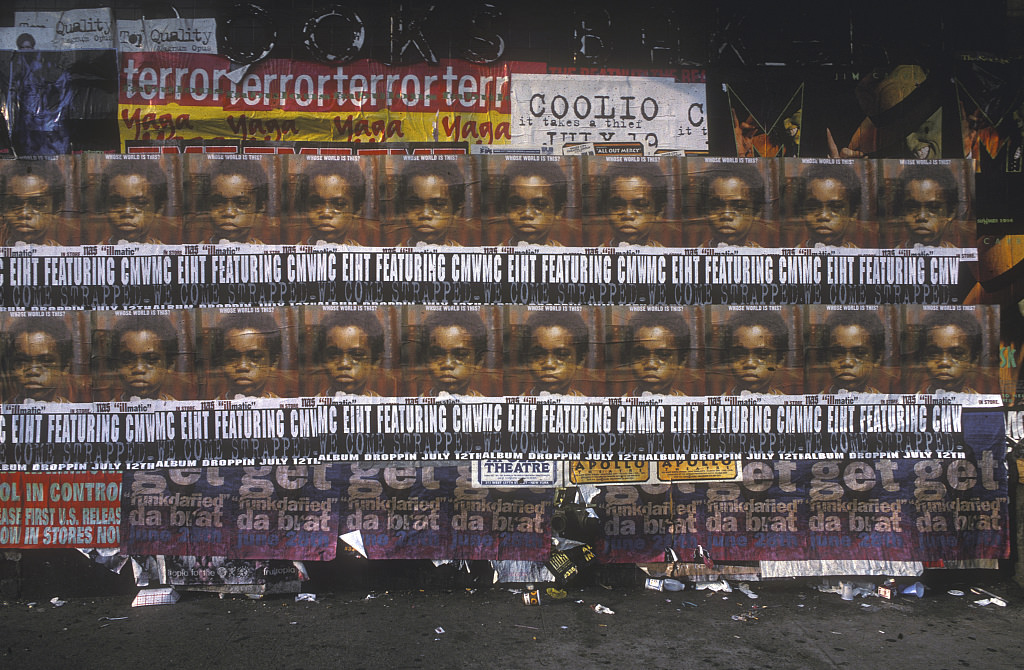
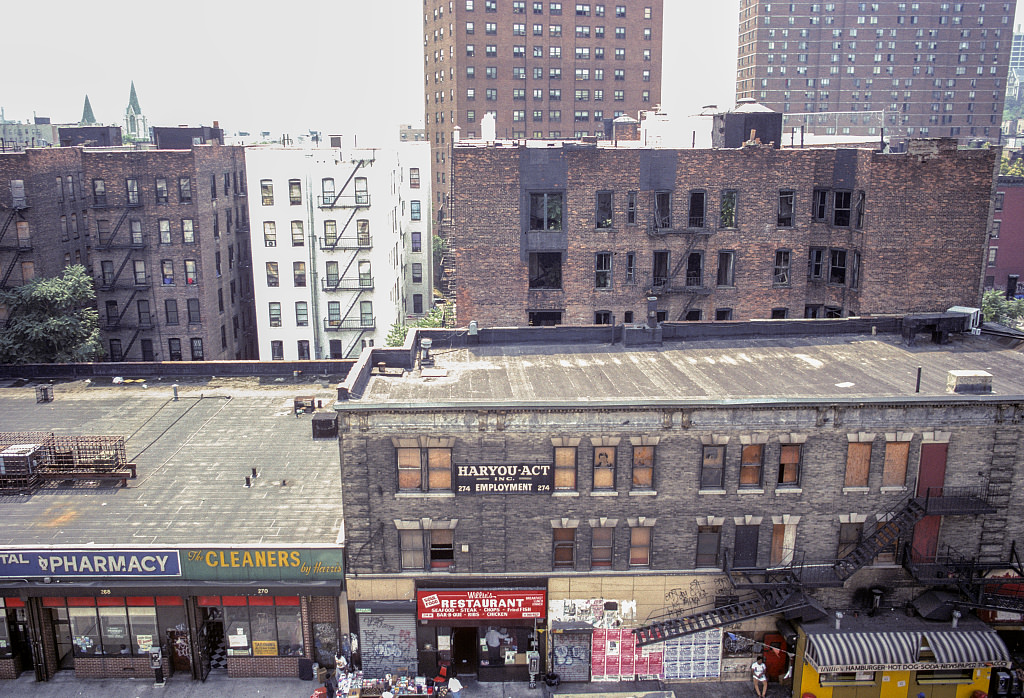
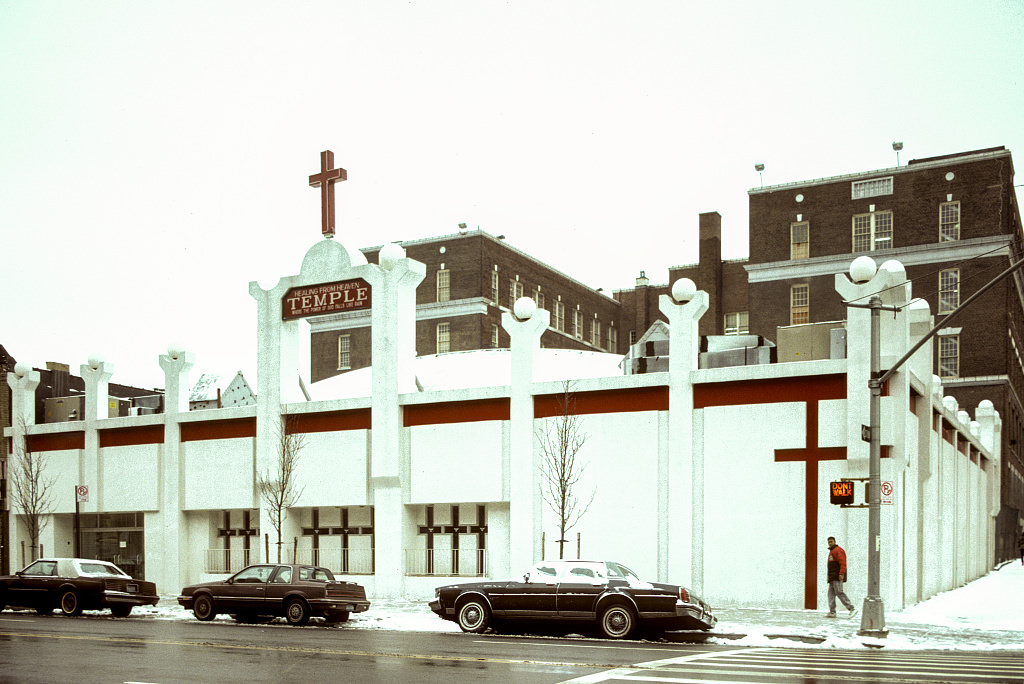
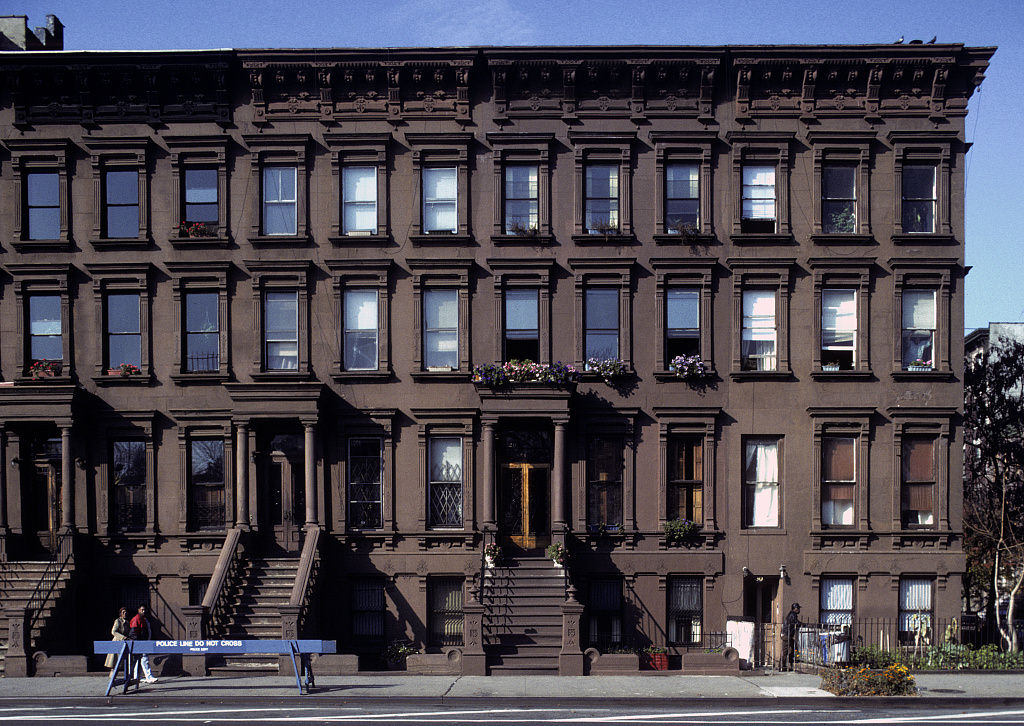
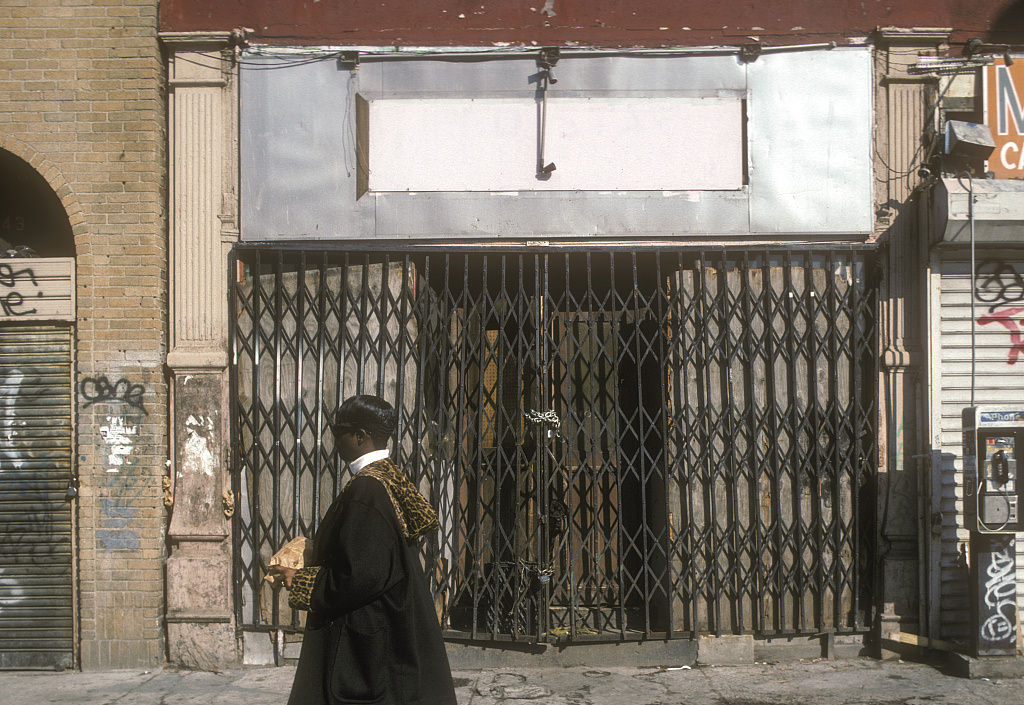
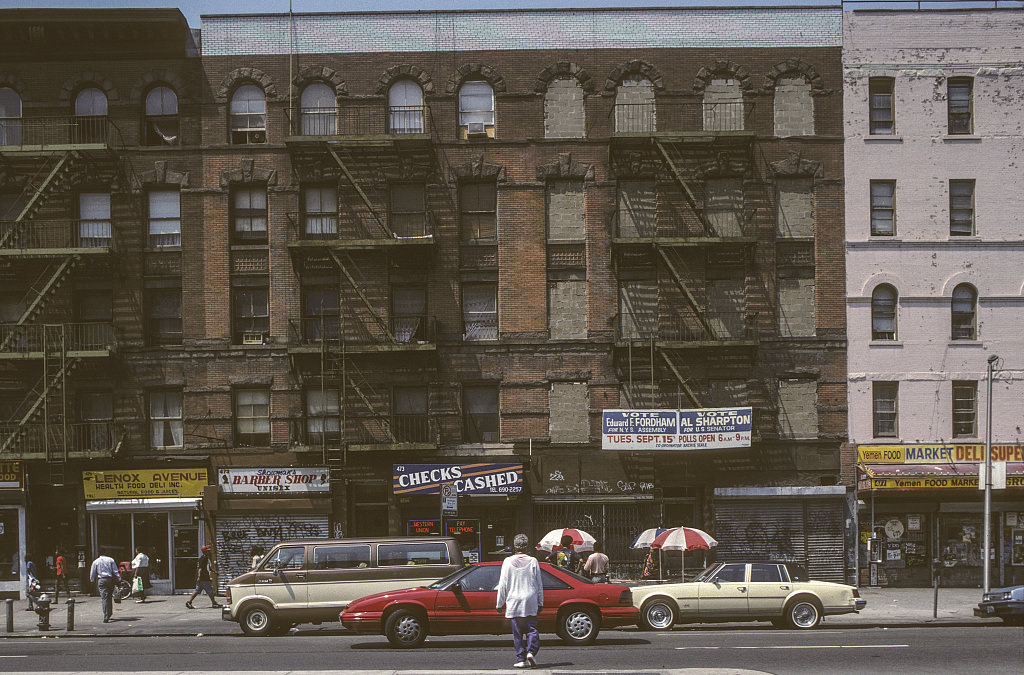
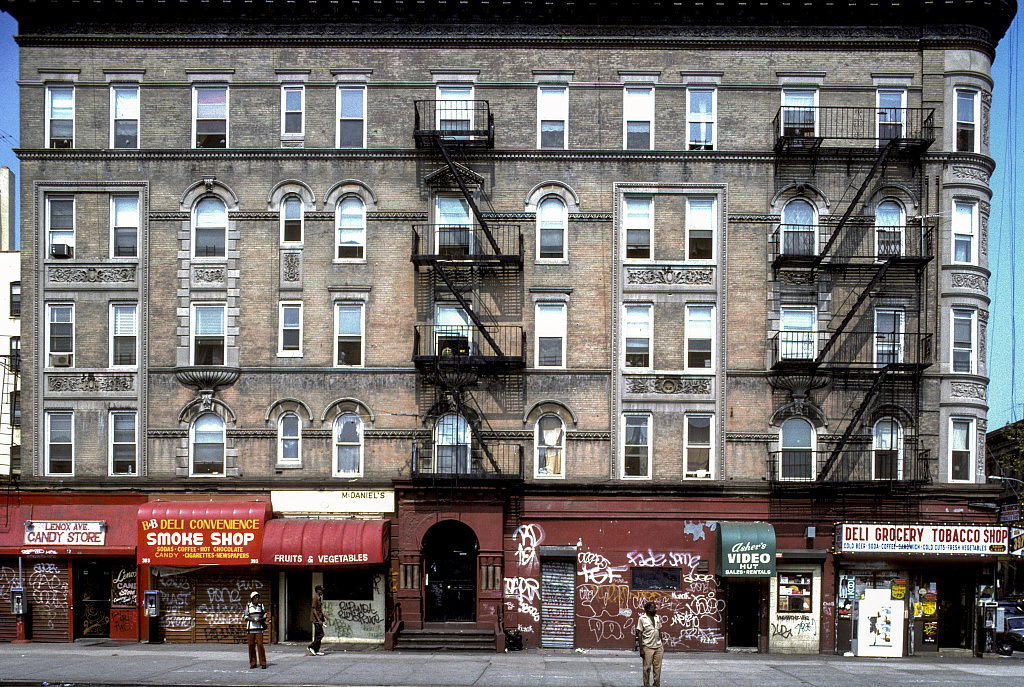
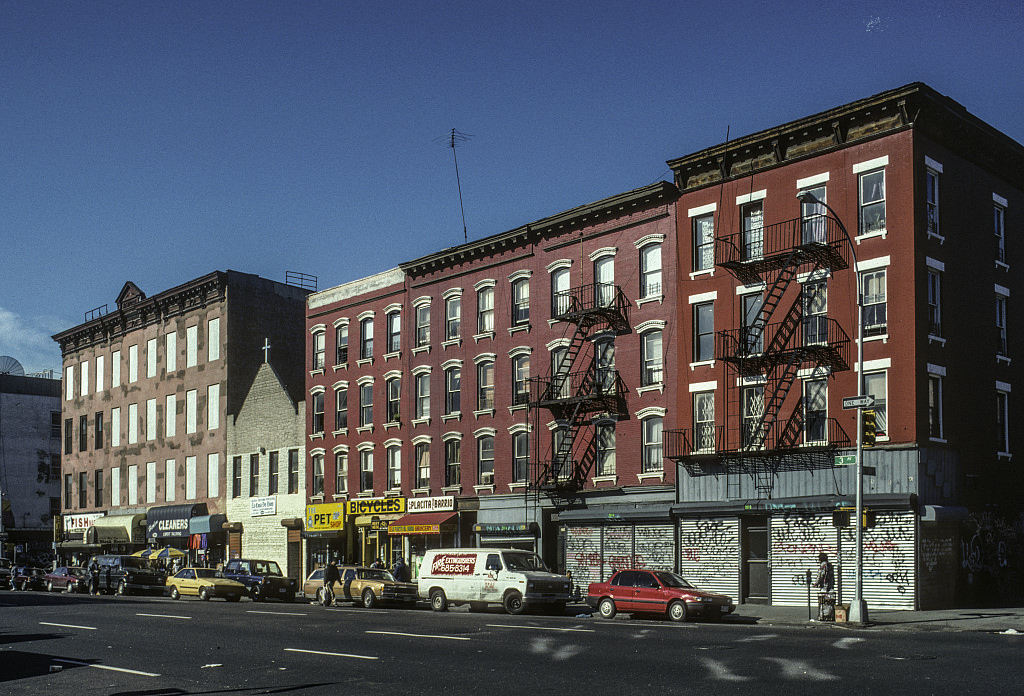
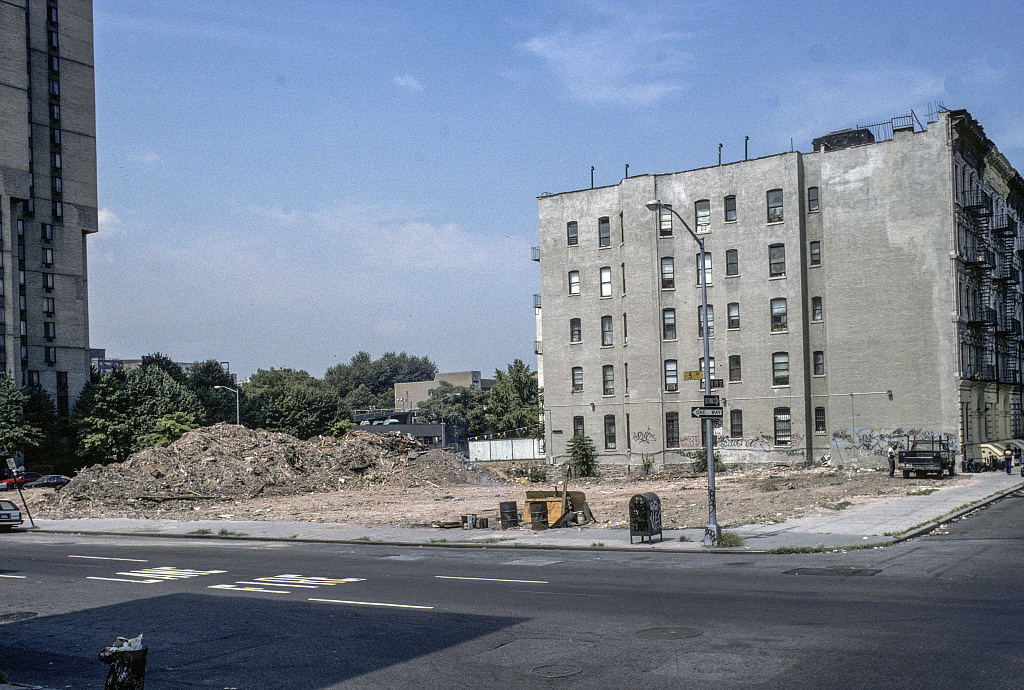
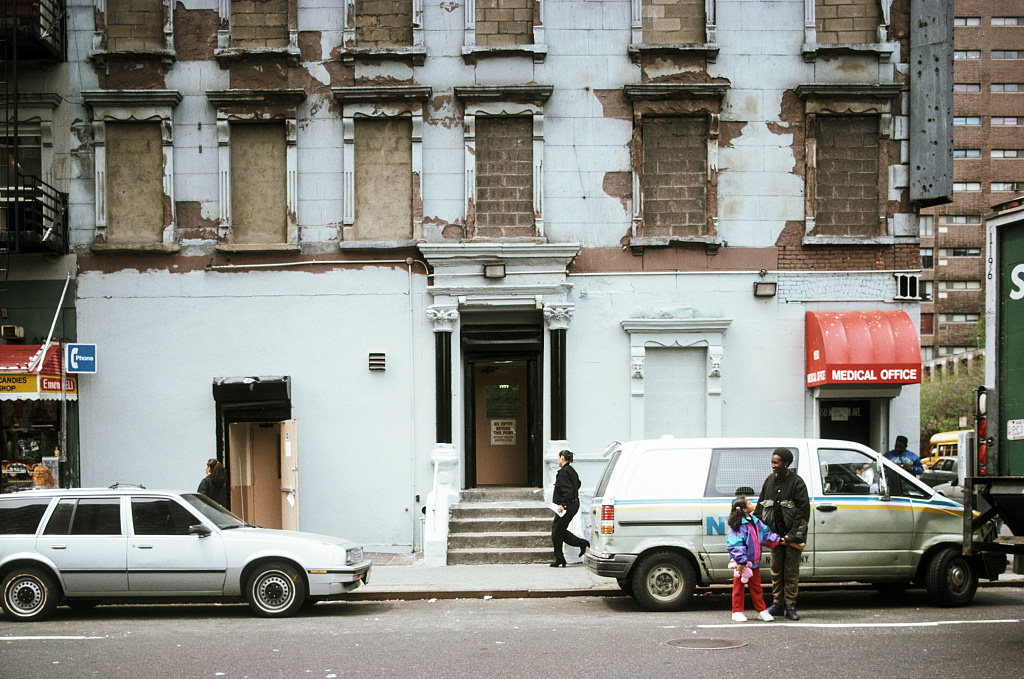
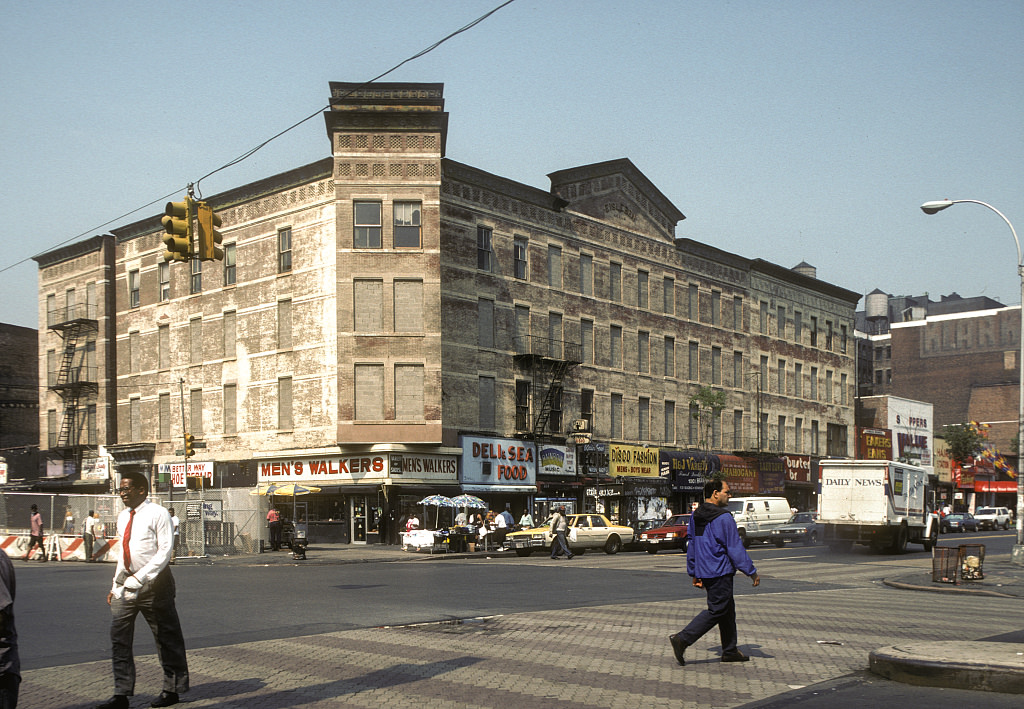
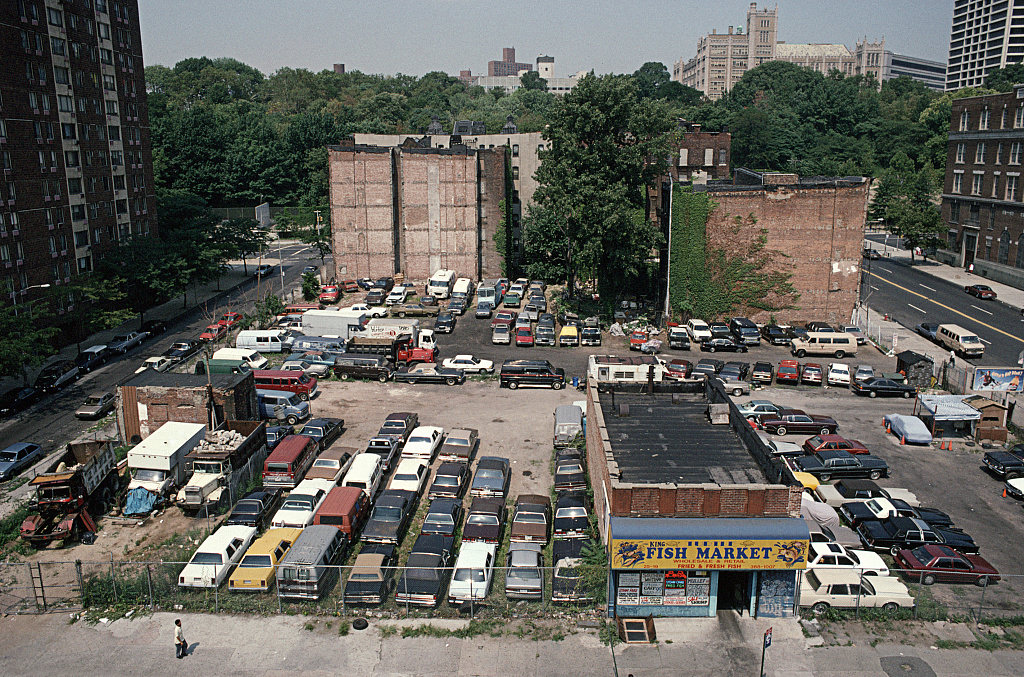
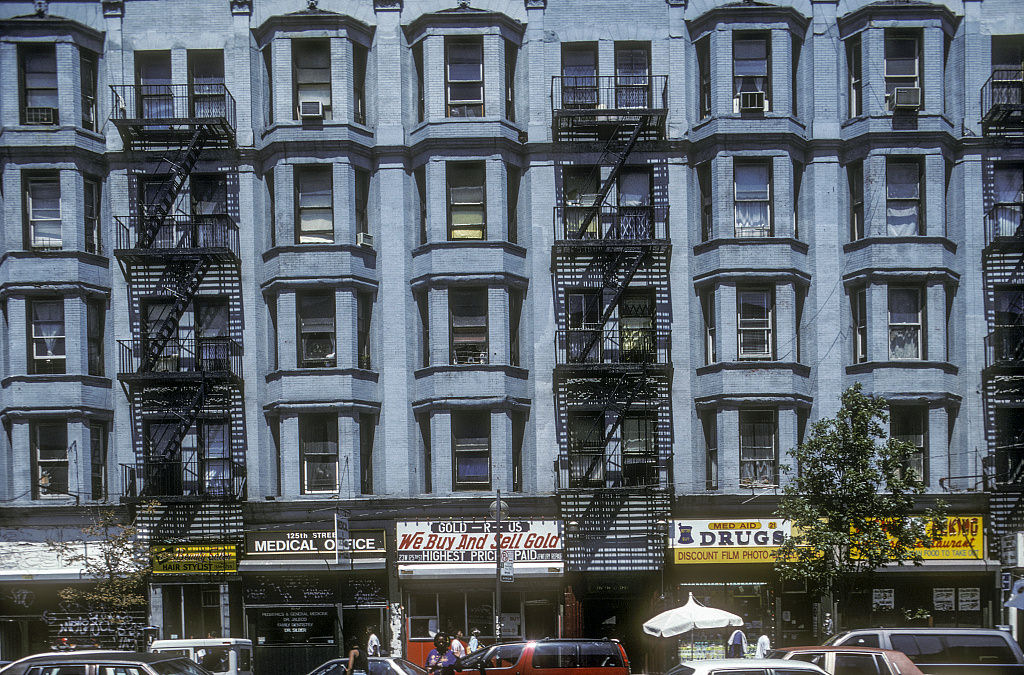
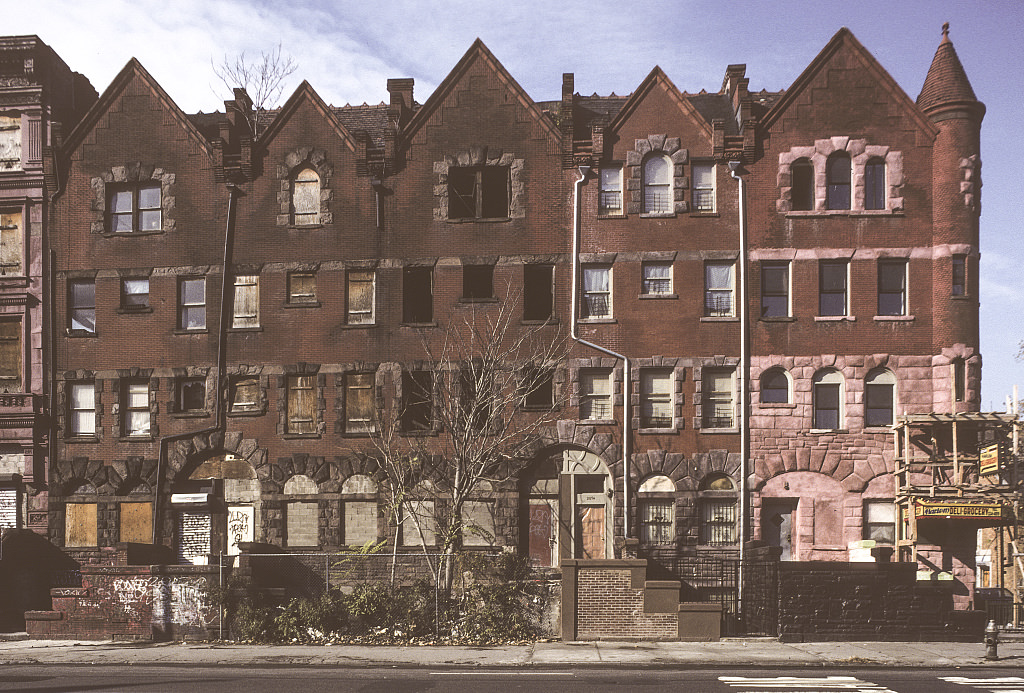
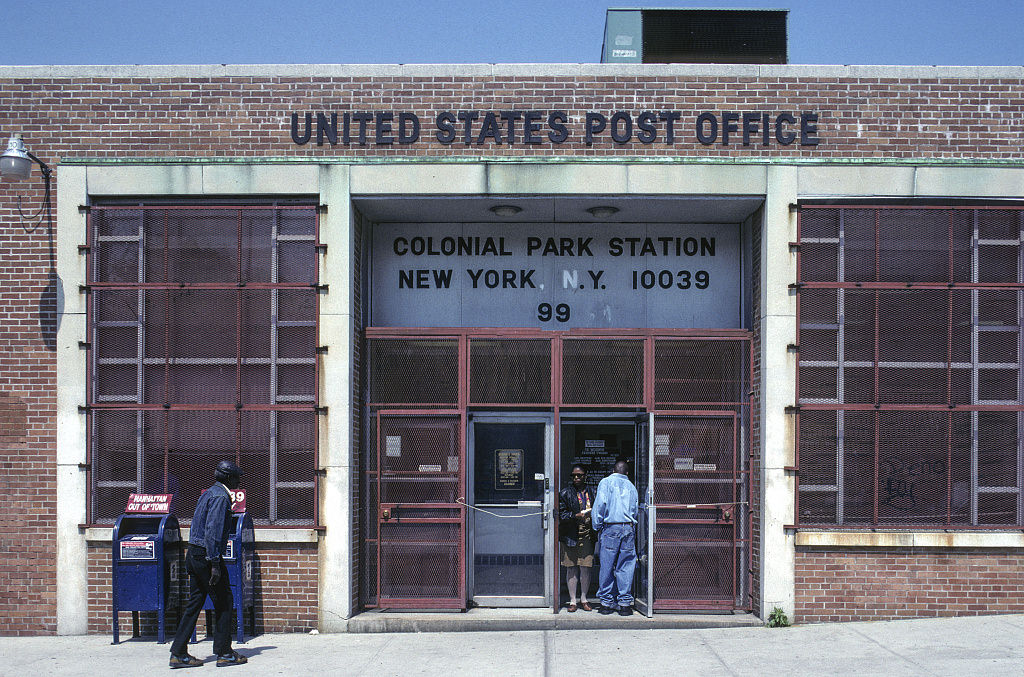
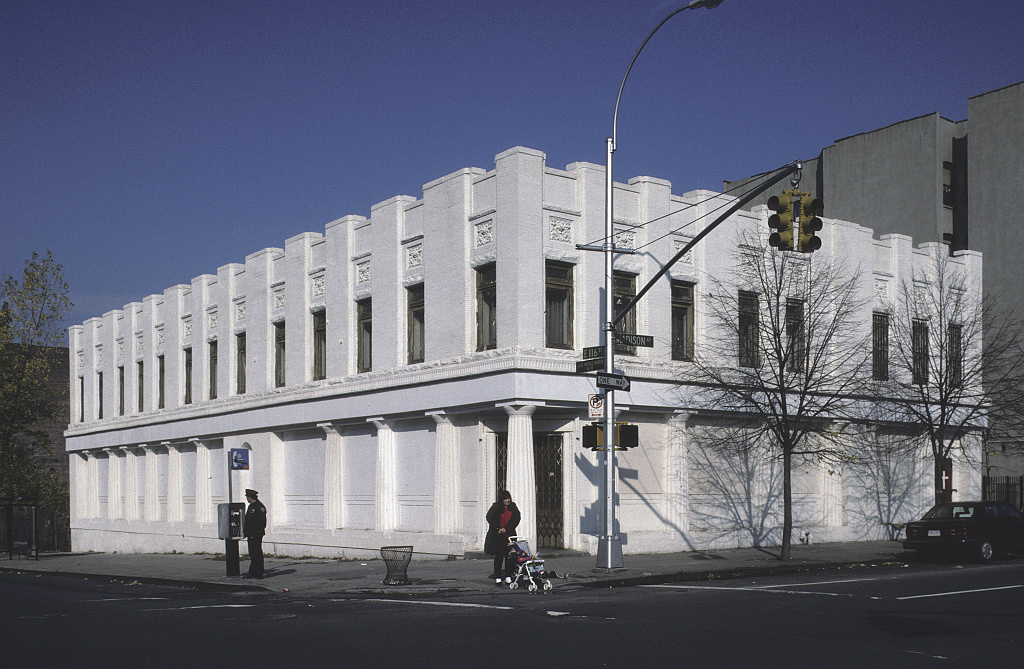
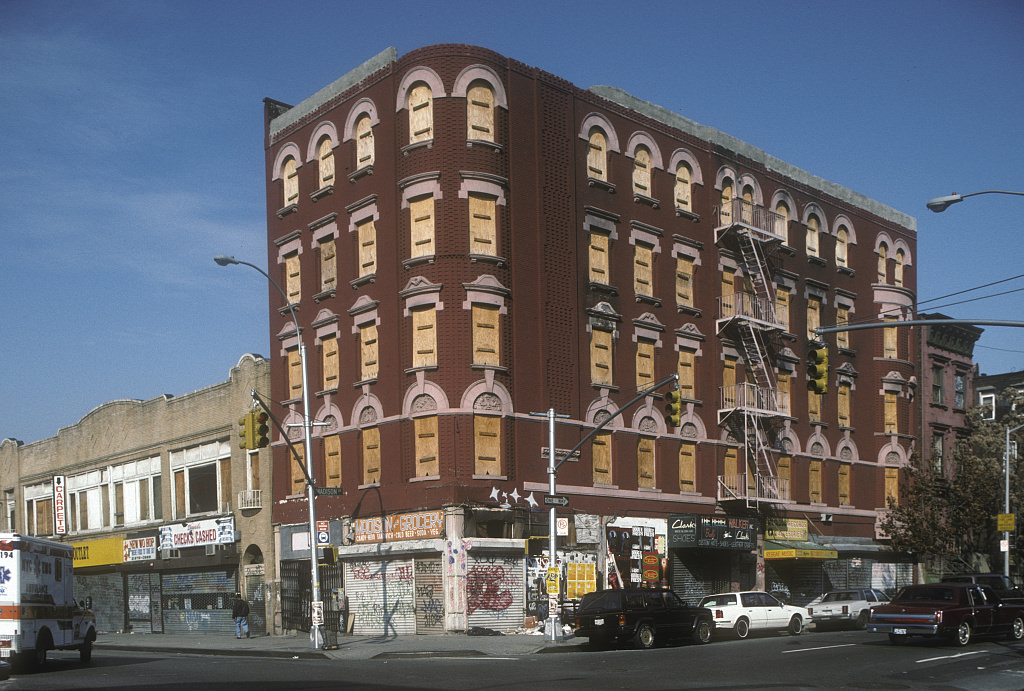
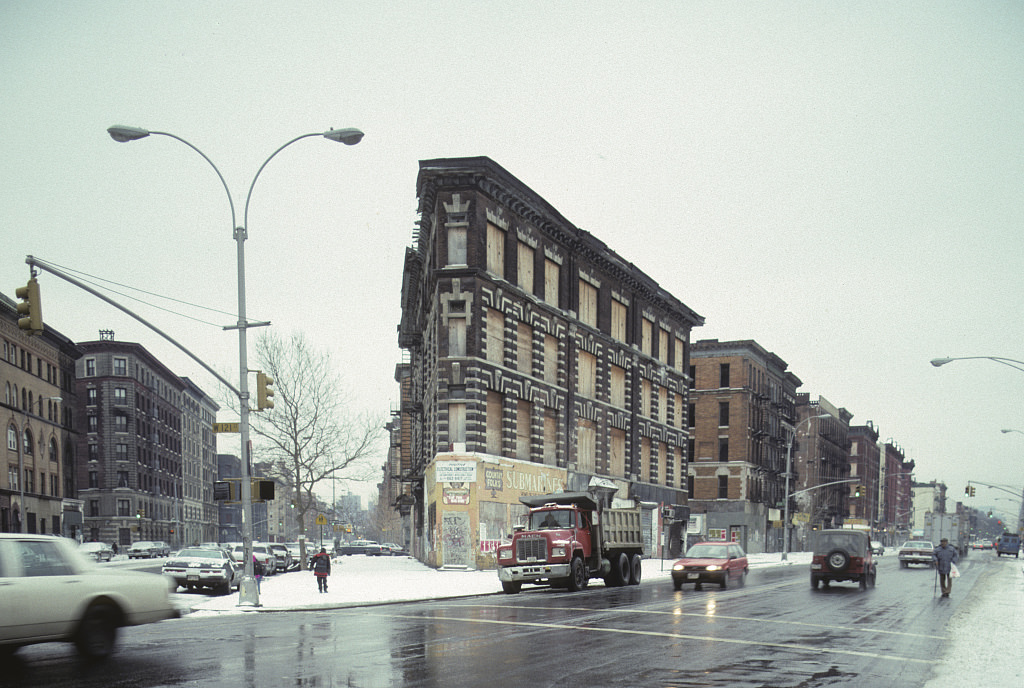
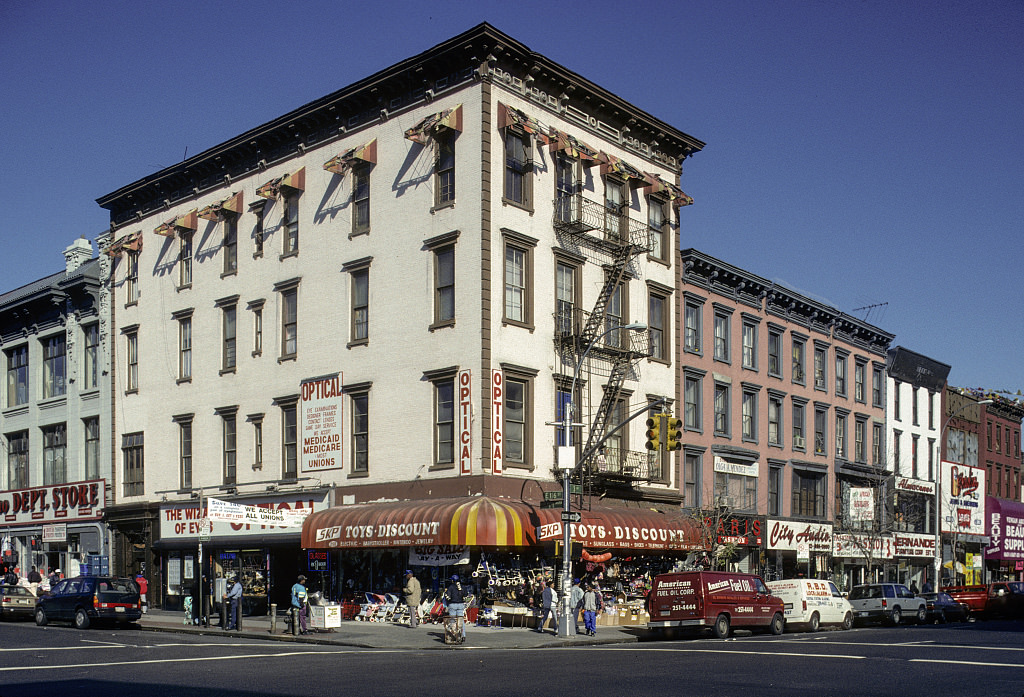
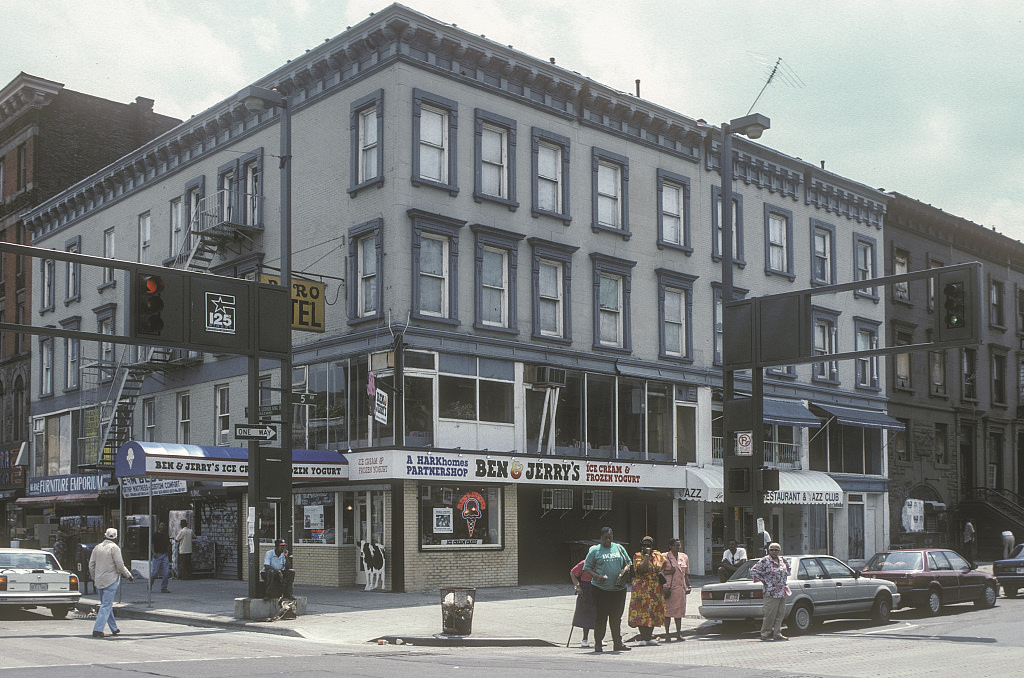
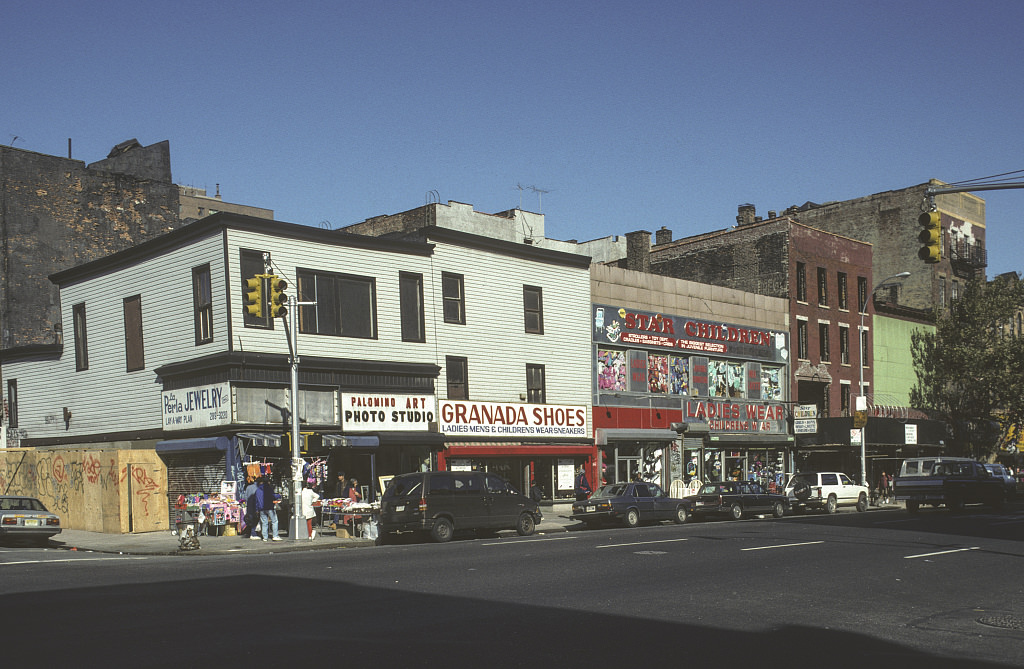
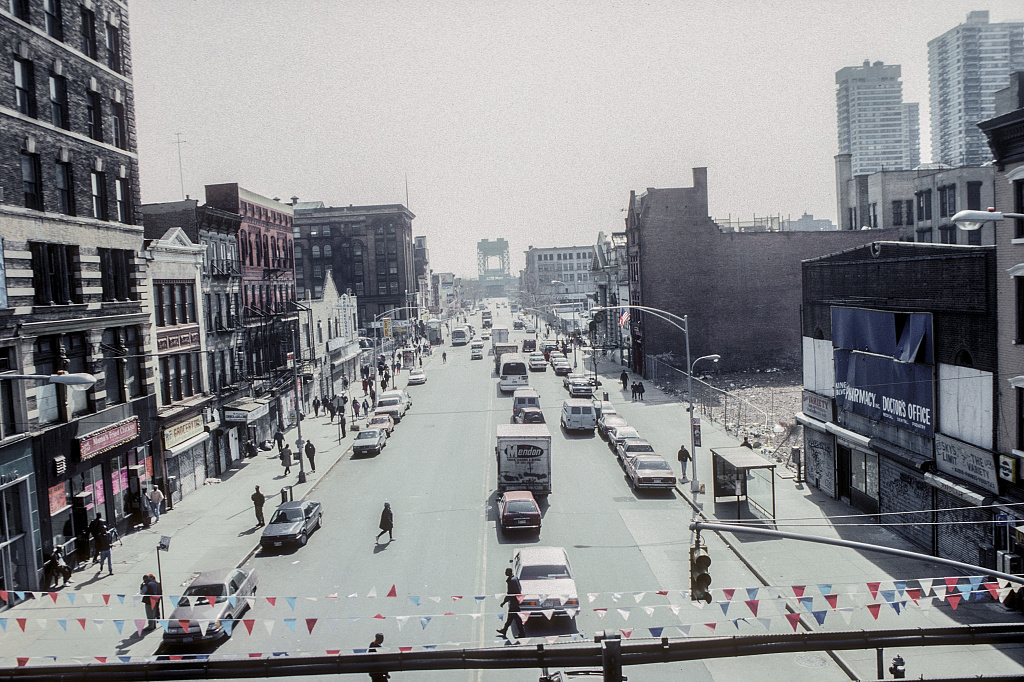

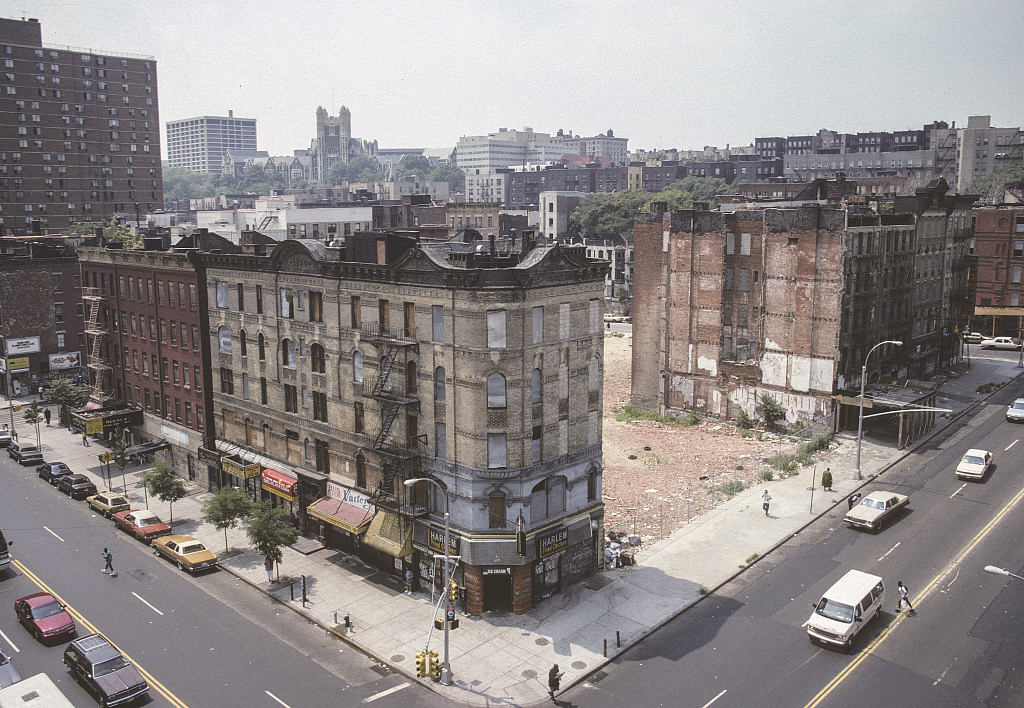
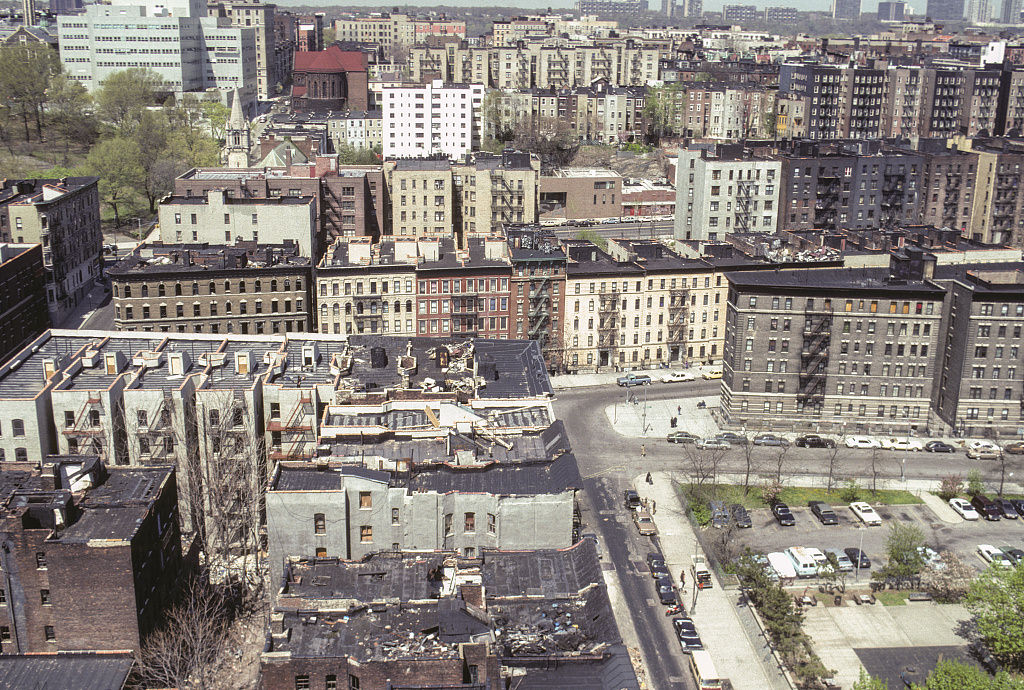
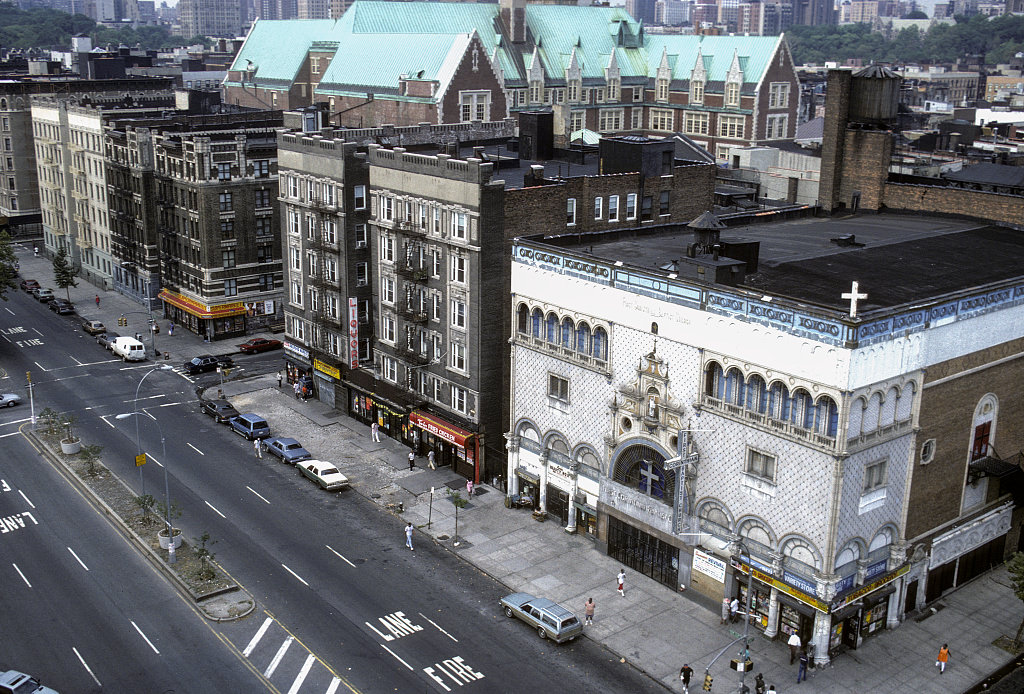
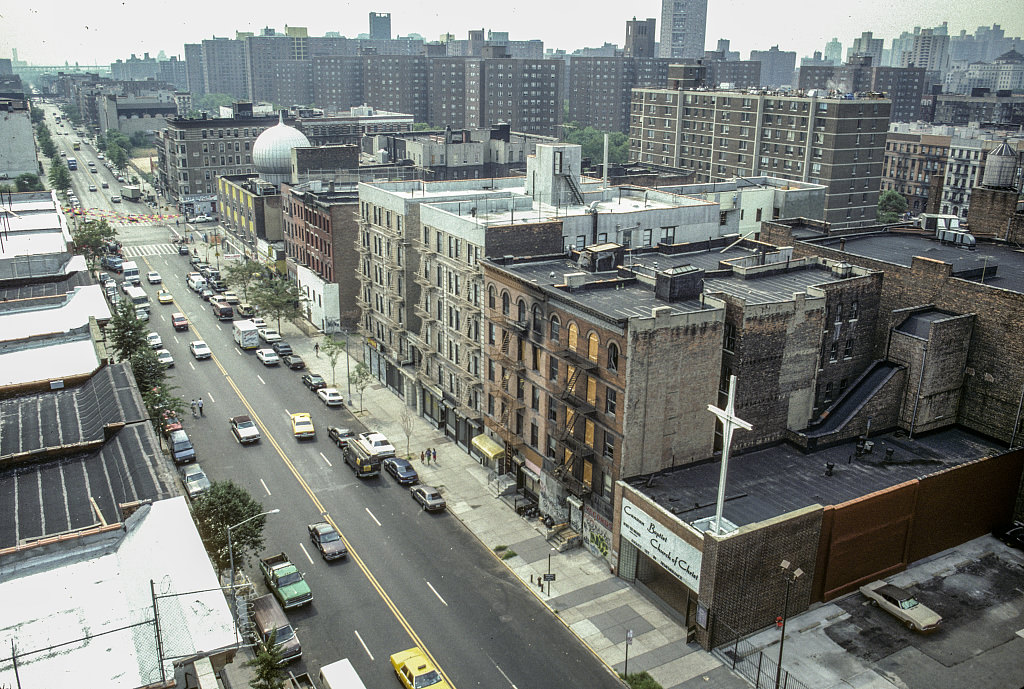
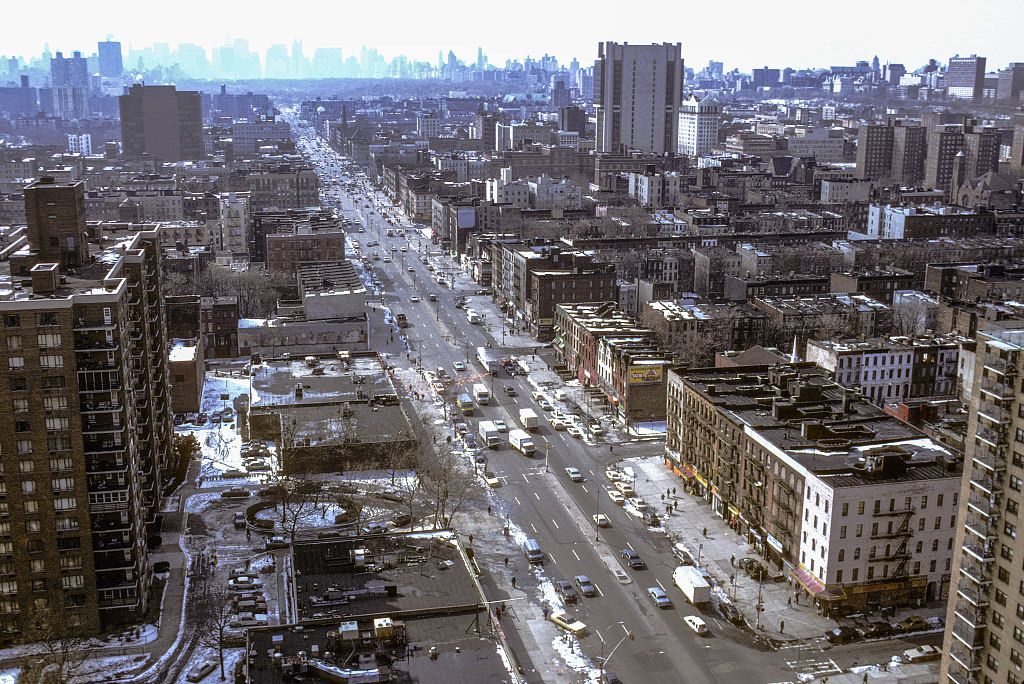
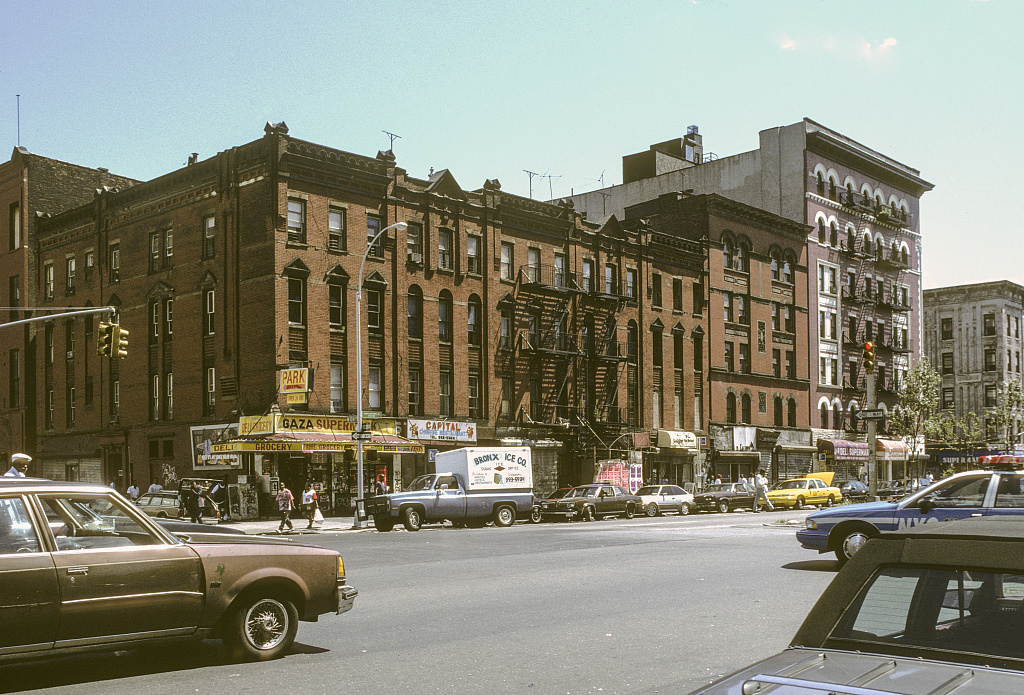
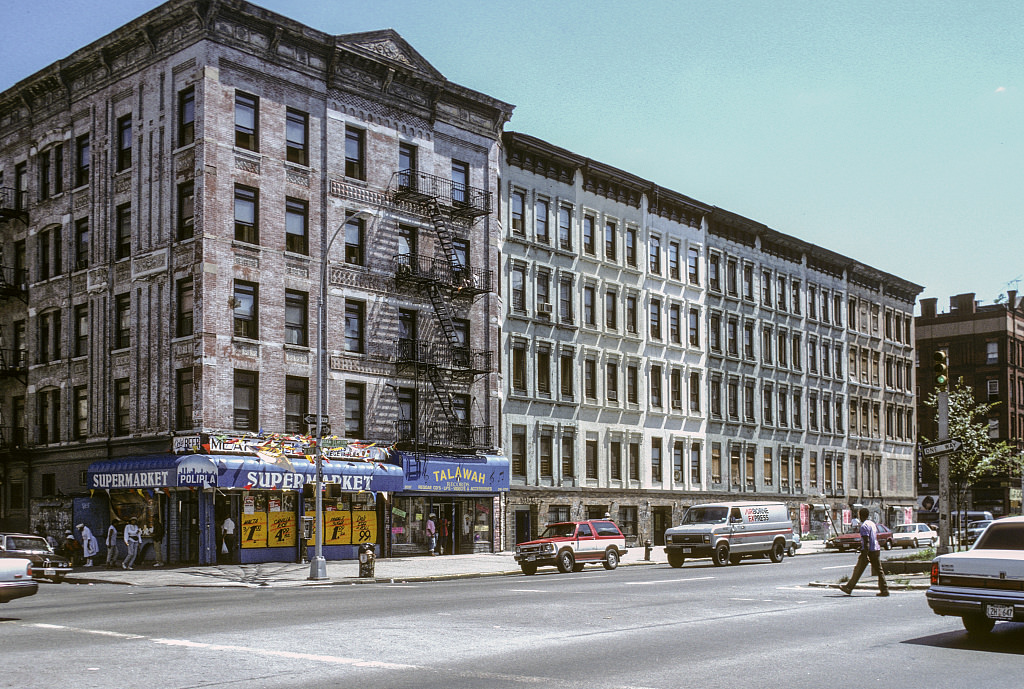
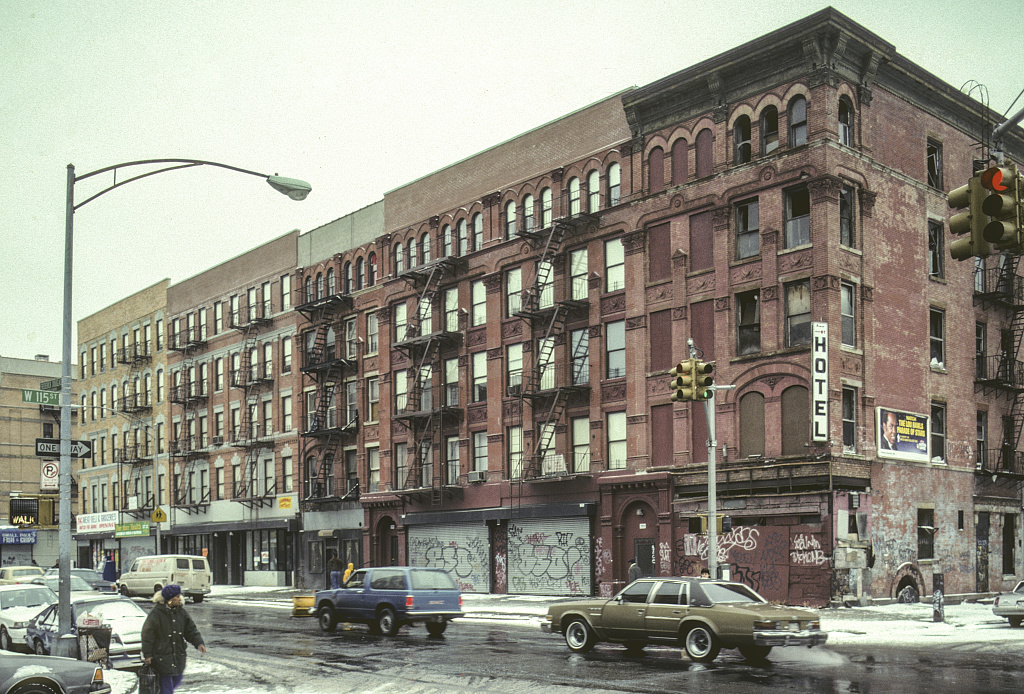
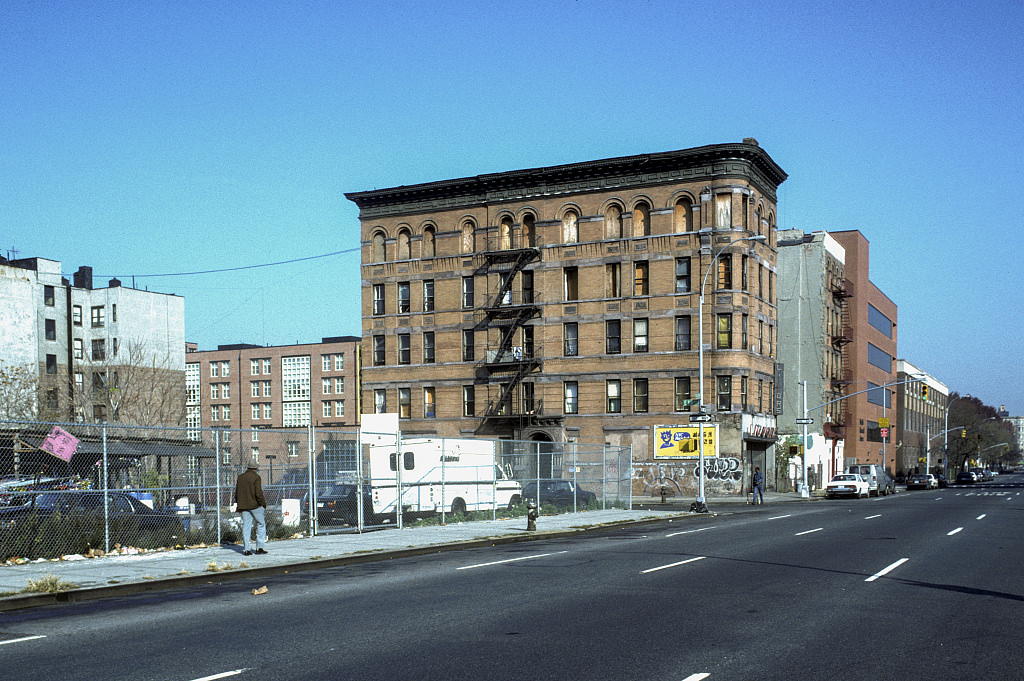
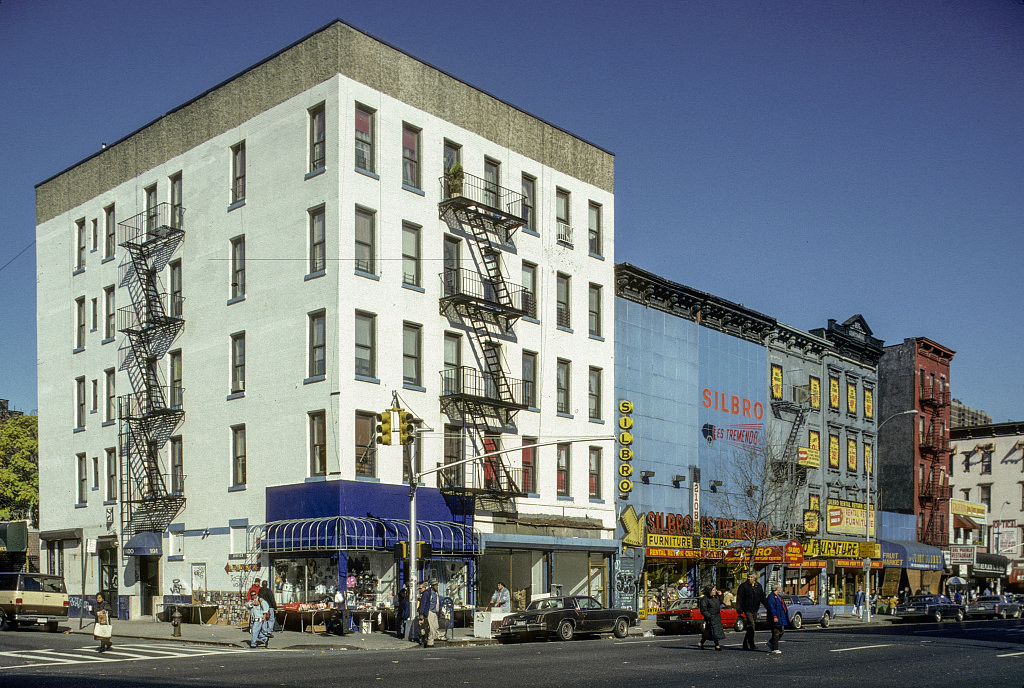
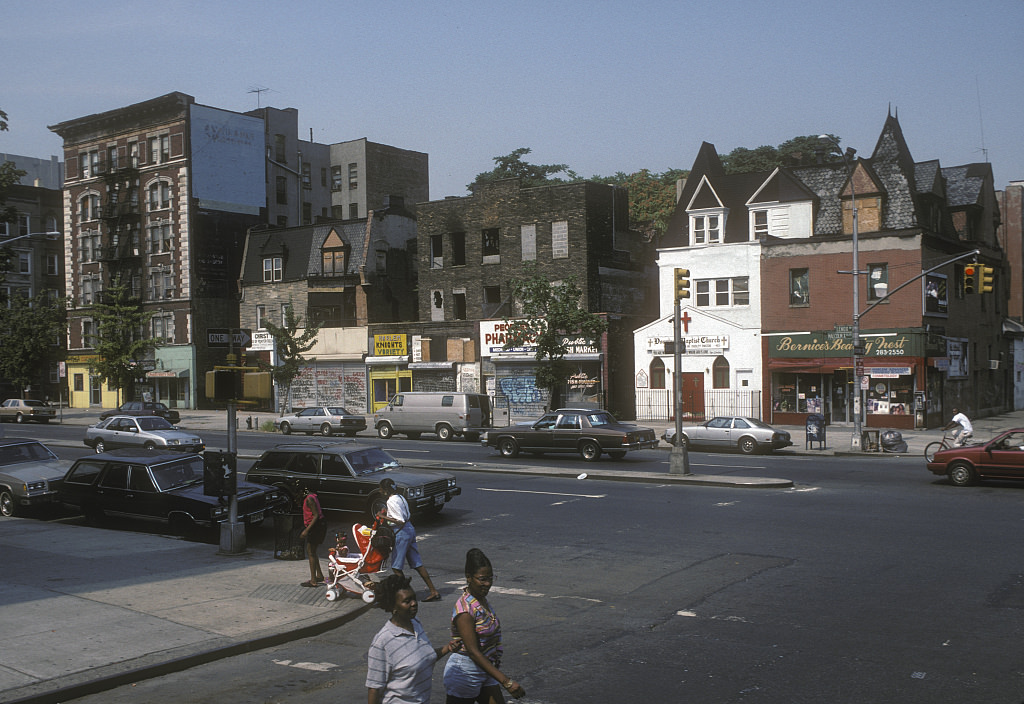
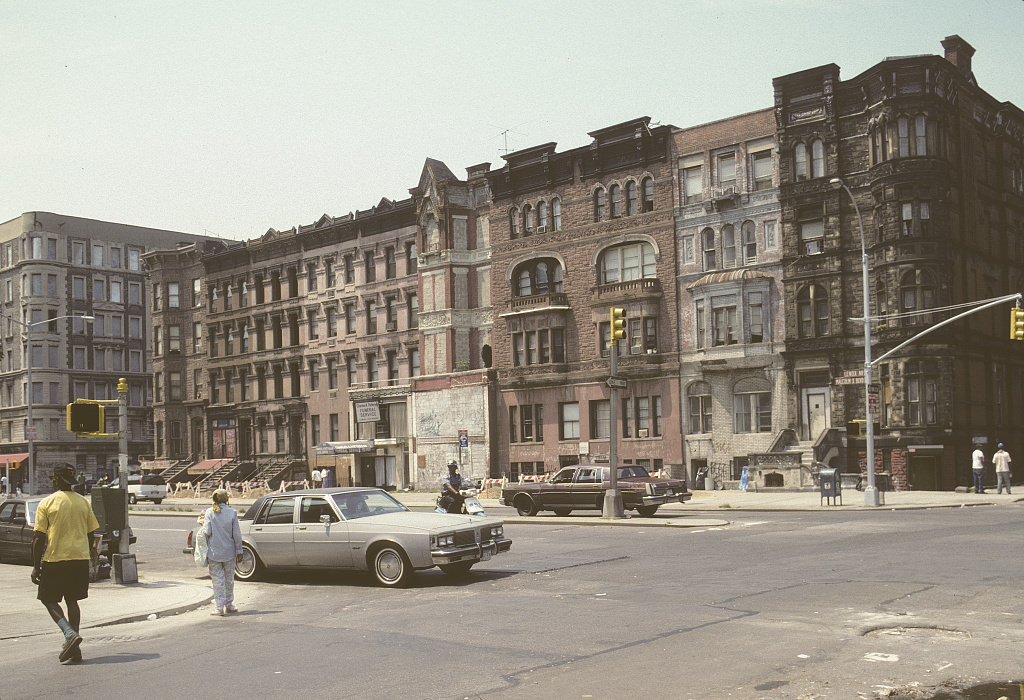
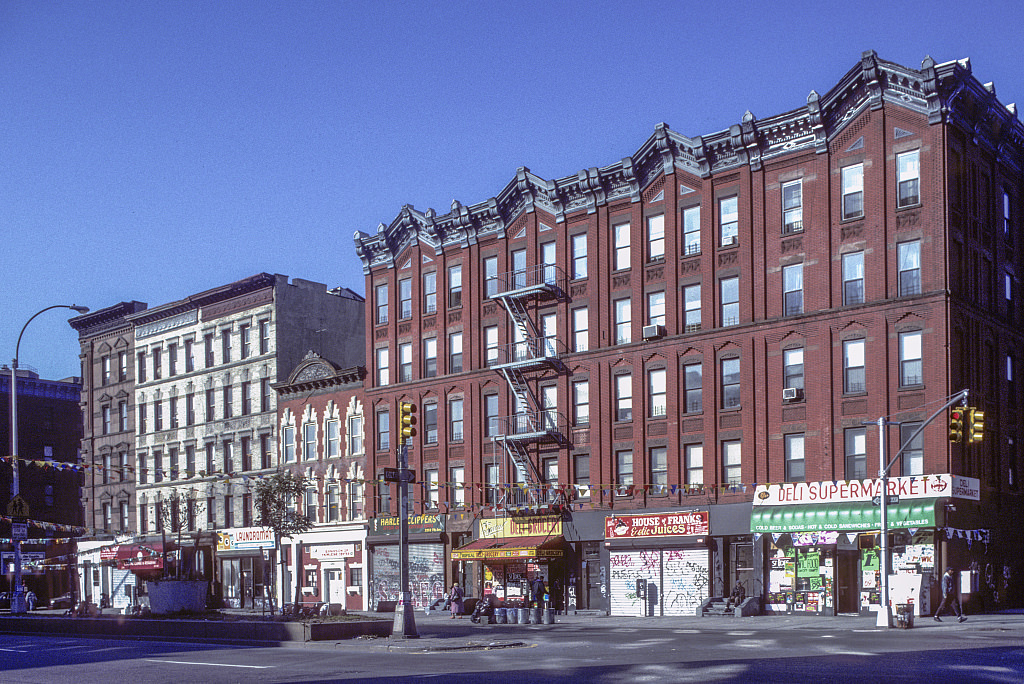
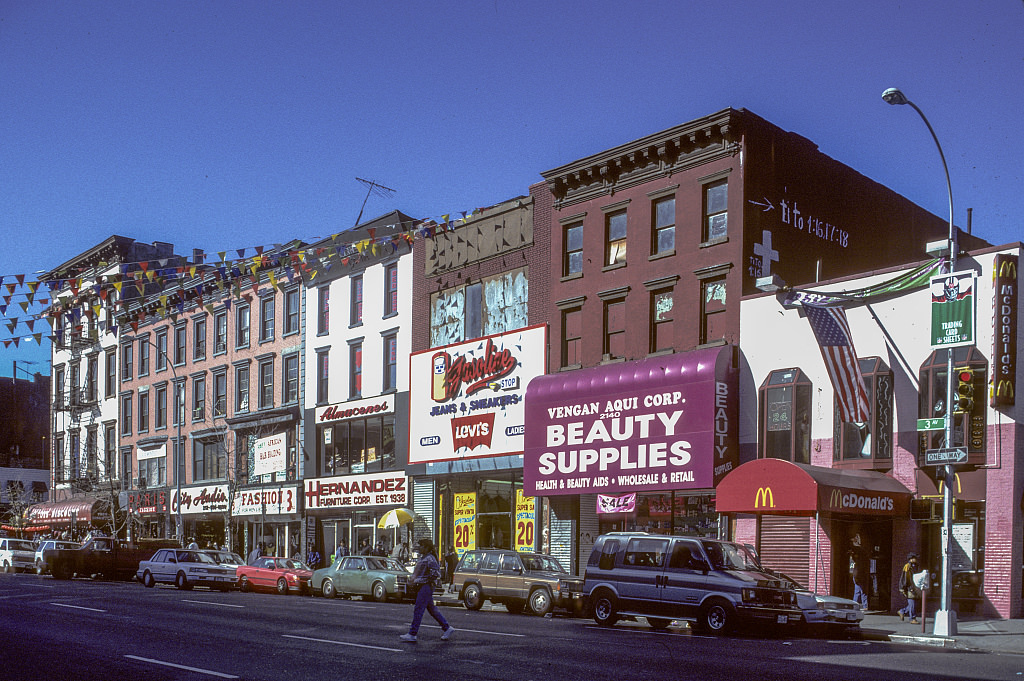
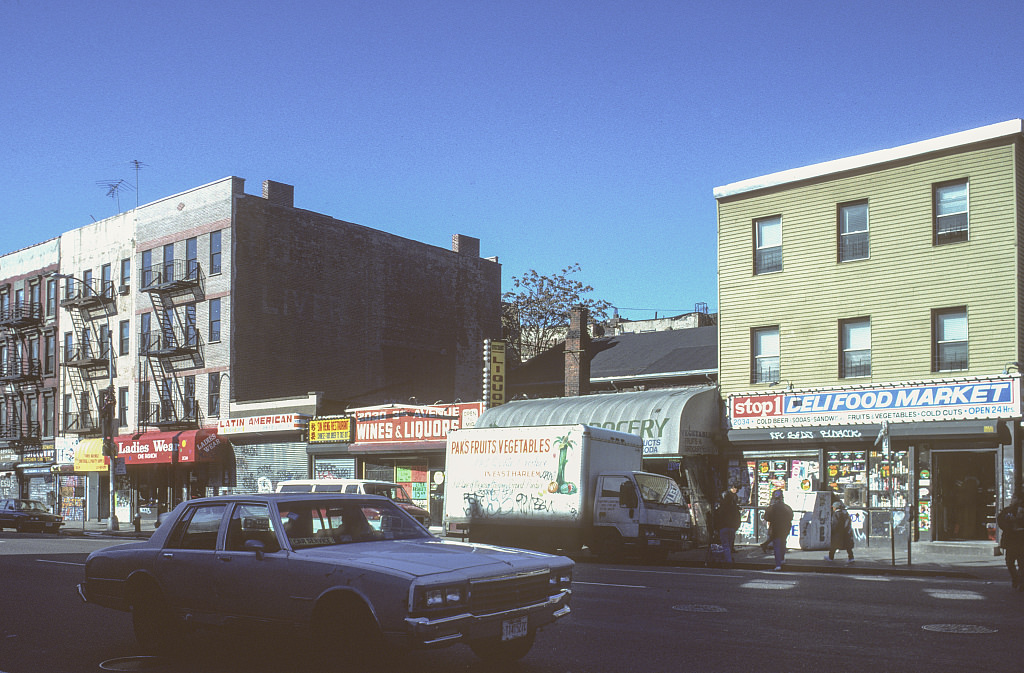
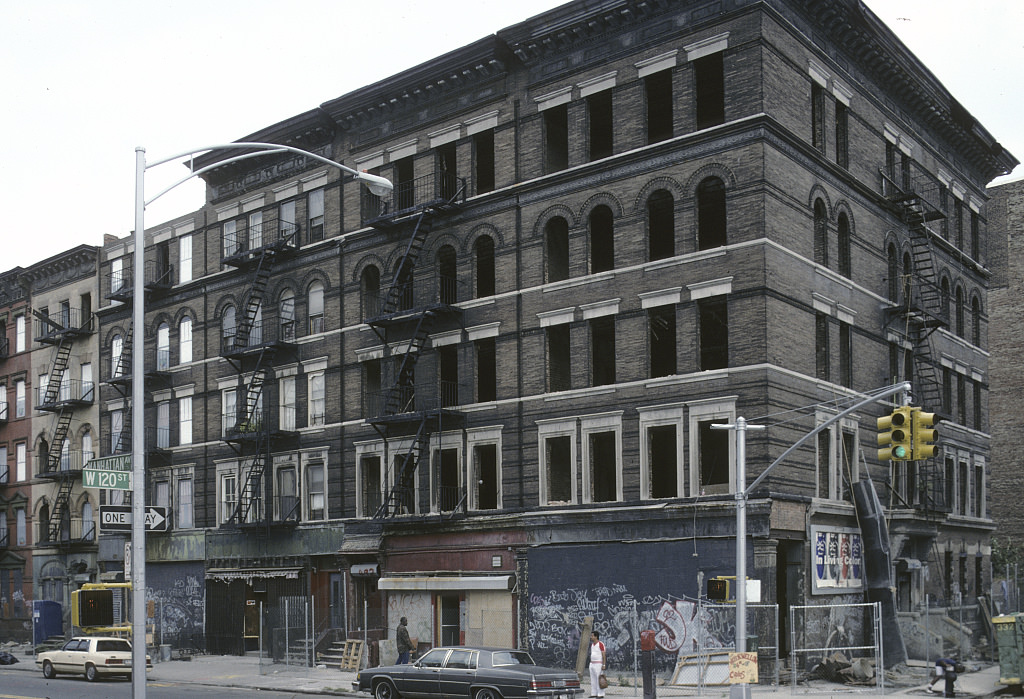

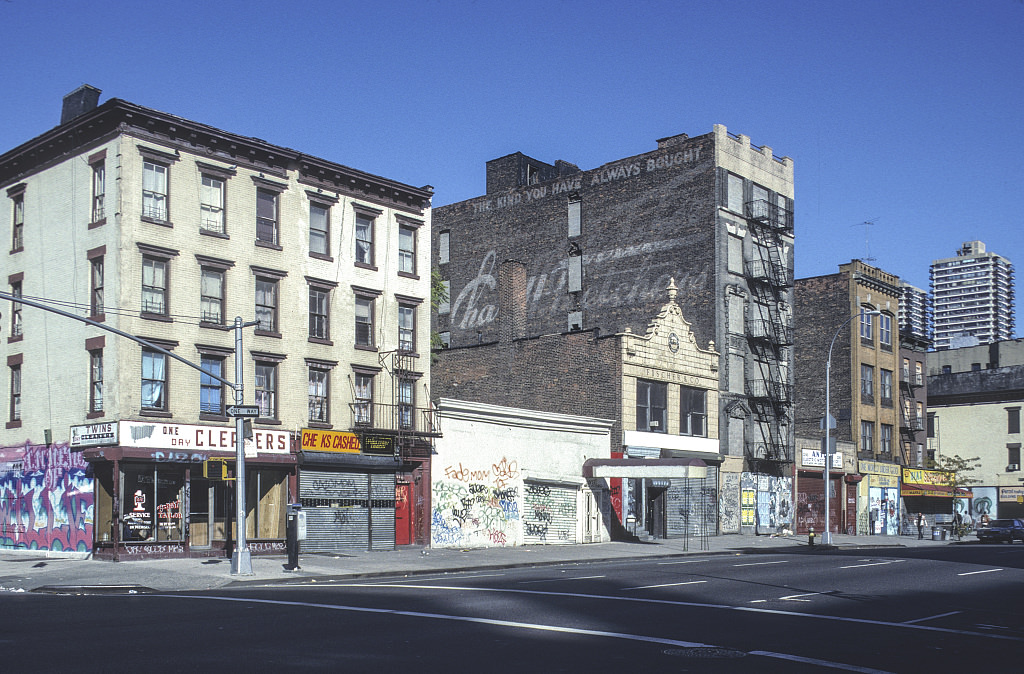
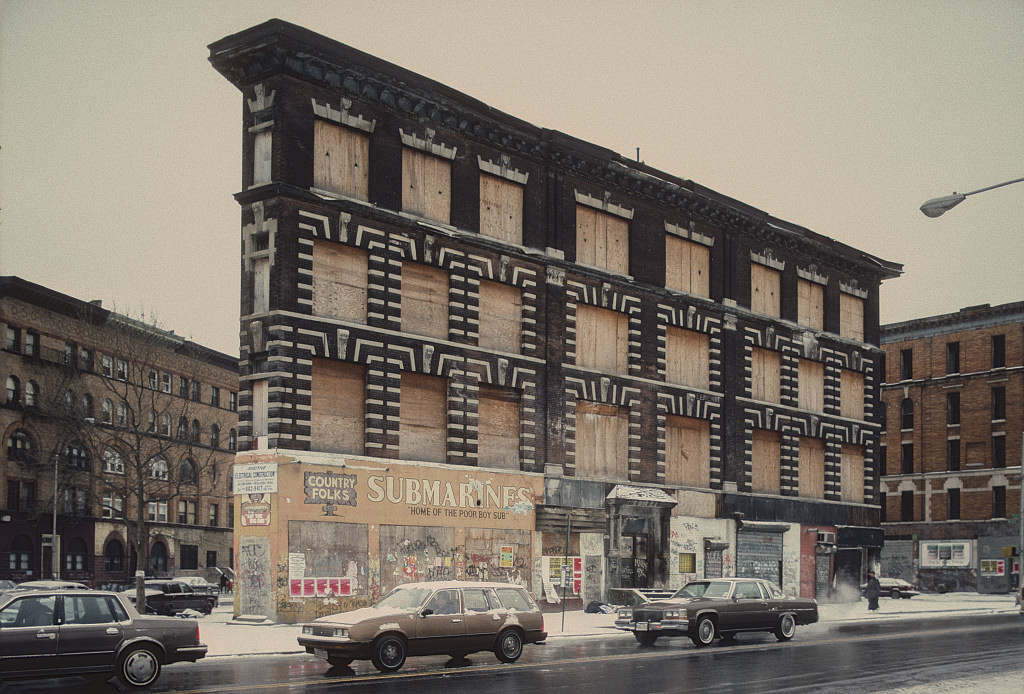
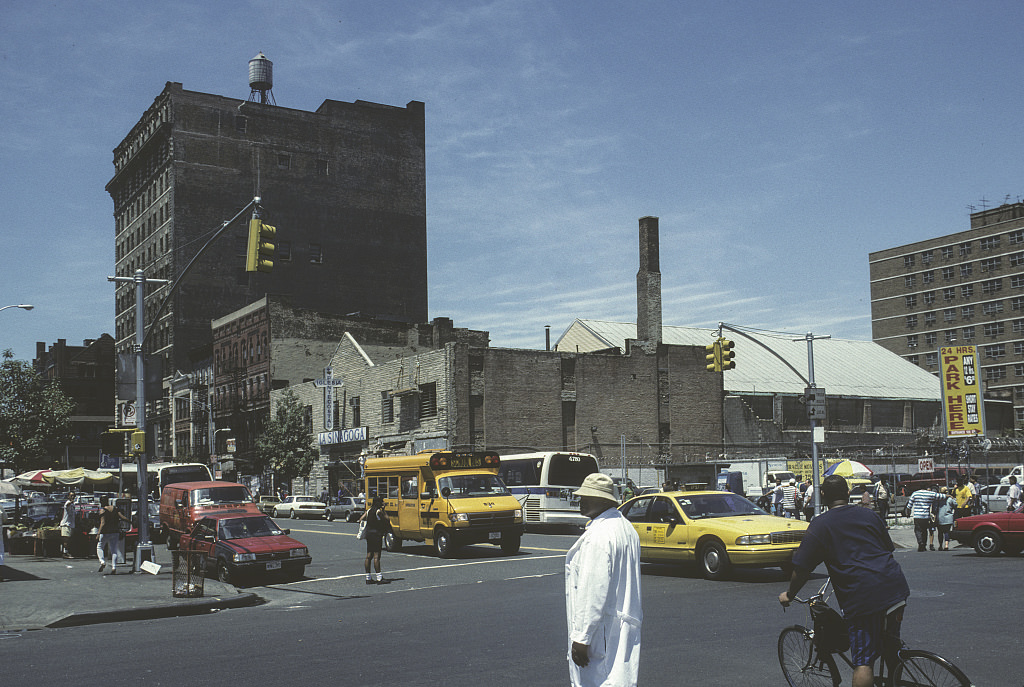

GIPHY App Key not set. Please check settings